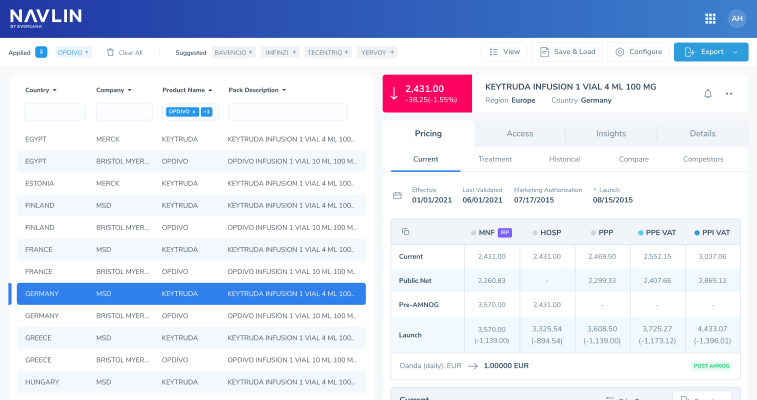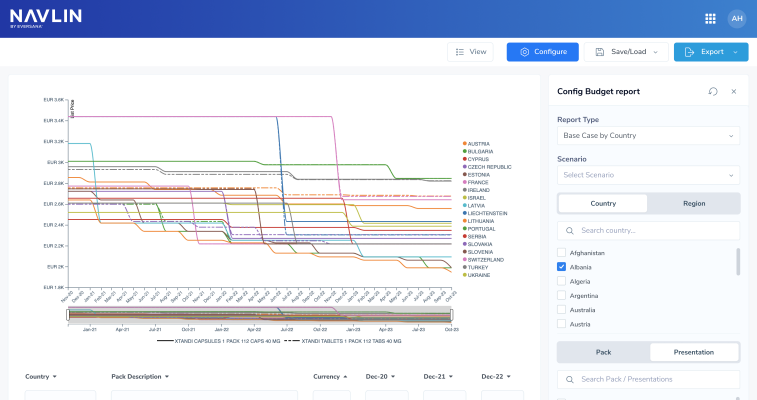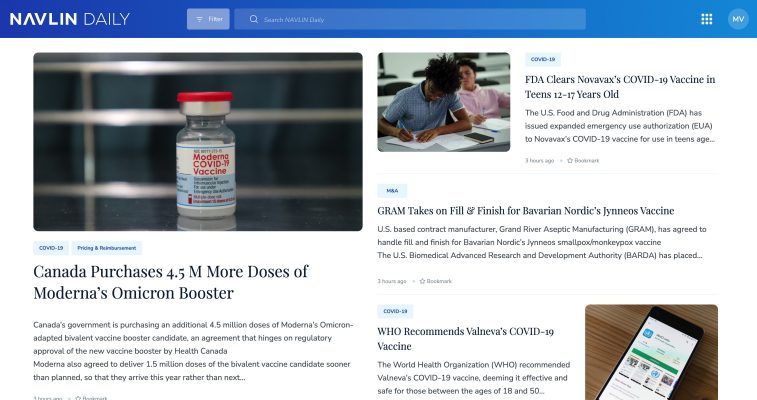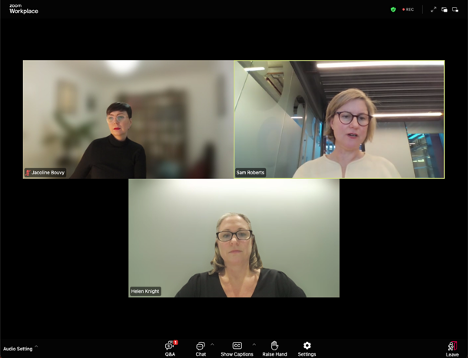NAVLIN Daily NewsCheckout Today’s News
Dolors Montserrat MEP, the rapporteur for the Pharmaceutical Directive, has shared that the new EU drug launch obligation under the pharma package will take effect in January 2027Assuming the Plenary Session of the European Parliament will approve the pharmaceutical package in January 2026, other aspects of the EU pharmaceutical package will likely not become operational until January 2028 to allow time for implementationAccording to reports from a meeting with specialist media, she explained: “When a medicine is approved, any country can request it from the company. If, after one year, it has not been made available, there are two possible mechanisms: the Commission asks the company to make it available on that market through an agreement. If it does not, the industry will lose market protection in that country, and generics and biosimilars can be marketed.”
The European Parliament’s public health committee has approved its proposals on the Critical Medicines Act (CMA), advancing legislation intended to strengthen Europe’s security of supply for essential medicines. Parliament’s position is expected to be adopted during the January 2026 plenary session, after which negotiations with EU governments can beginEarlier this month, the EU Council adopted its position, which introduced measures such as; a requirement for the Commission to issue guidance, including to help Member States determine whether a critical medicine or active ingredient has been produced in the EU, and an obligation to use criteria relating to resilience in the public procurement of critical medicinesHowever, both the Council and Parliament’s proposals have been met with criticism, as EUCOPE underscores that “the proposed measures will not solve the fundamental barriers to patient access, mostly related to national competence”
Two additional medicines have been newly added to the list of medicines undergoing a Joint Clinical Assessment (JCA) under the EU Health Technology Assessment Regulation (EU 2021/2282), which has been in effect across Europe since January 12, 2025The ongoing EU JCA list now includes ensartinib for ALK-positive advanced non-small cell lung cancer (NSCLC) and the orphan drug zopapogene imadenovec for respiratory papillomatosisSixteen HTA agencies are serving as assessors or co-assessors across the first 12 JCAs, with Germany’s IQWiG leading the highest number of assessments
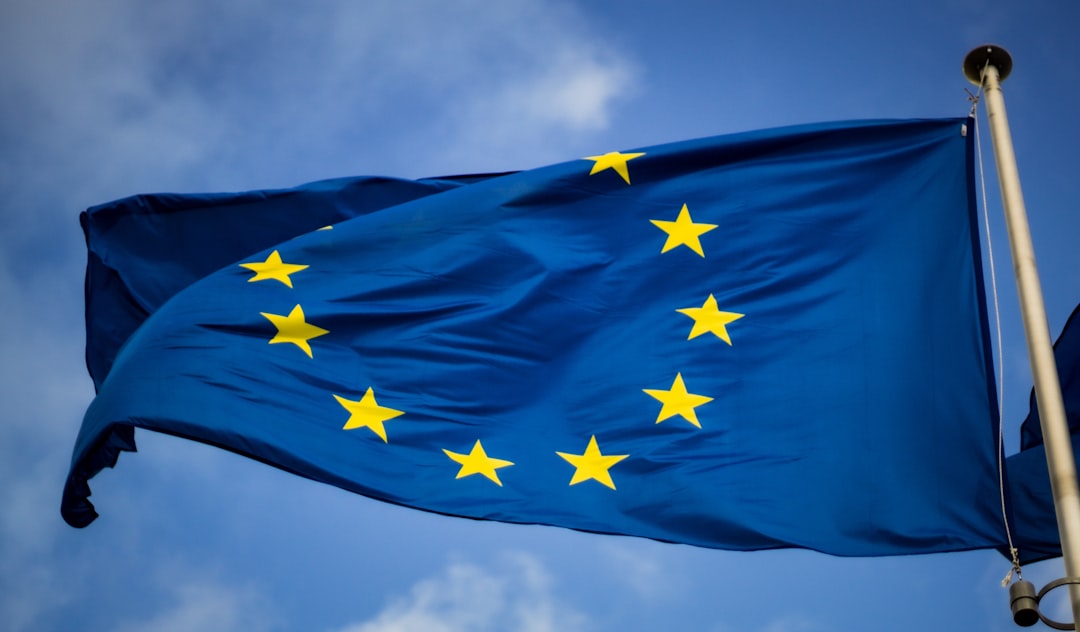
The Council of the European Union and the European Parliament have reached a political agreement on the long-awaited pharma package, a reform of EU pharmaceutical rules aimed at improving patient access to medicines while strengthening Europe’s drug industry. The deal remains provisional and must still be formally endorsed by both institutions. Once adopted, the legislation will take effect upon publication in the EU’s Official JournalAs reported, under the Danish Presidency there were two rounds of political trilogues with the Parliament and 23 technical meetings. However, both ended in stalemates. It was then announced a third and final trilogue would be held which has now ended in consensus“We are strengthening incentives for priority antibiotics, reducing red tape for the life science industry, and safeguarding the availability of essential medicines,” Sophie Løhde, Danish Minister for the Interior and for Health. “The package marks a crucial step towards making a more resilient and dynamic life science sector in Europe, and it shows that Europe is able to make the necessary decision to protect European interests”
The UK has set the 2026 payment rate for newer medicines under the VPAG scheme at 14.5%, a drop from a record 22.5% in 2025 and less than the 15% announced in the recent UK-U.S. trade dealCompanies still have until December 16 to decide whether to join VPAG or face a higher 24.3% rate under the Statutory SchemeThe payment rate depends on NHS demand for newer drugs exceeding its budget, with pharma companies covering the gap. An extra 1% will go toward improving the UK’s life sciences infrastructure in 2026

China’s National Healthcare Security Administration (NHSA) has finalized the National Reimbursement Drug List (NRDL) for 2026, adding 114 new drugs, including 50 Class 1 innovative products. The NRDL now lists 3,253 drugs (1,857 are Western medicines). A separate Commercial Insurance Innovative Drug List debuts with 19 high-cost, innovative drugs that address rare and unmet needs, effective January 2026The new commercial insurance drug list includes cutting-edge therapies like CAR-T and medications for Alzheimer’s, neuroblastoma, and multiple myeloma. These drugs cater to smaller, specific populations and feature lower price cuts (15–50%) compared to NRDL’s average 60%, allowing insurance innovation while easing pressure on state resources and expanding treatment access incrementallyThe commercial list serves as a stepping stone for drugs to enter the NRDL, enabling insurers to create tailored plans for advanced treatments outside the standard insurance scope. Mounjaro (tirzepatide), Eli Lilly’s diabetes drug, joined the NRDL, challenging Novo Nordisk’s Ozempic and potentially reshaping GLP-1 drug pricing in China
The week delivered more pricing and policy changes across China, Europe, the UK and the Middle East; China in particular had a busy week as it announced the release date for the 2026 NRDL and Commercial Catalog, and launched its new national Drug Price Registration SystemIn Europe, NICE detailed implementation of the 2026 QALY threshold change, France’s PLFSS entered a turbulent second reading, and Member States adopted a position on the Critical Medicines Act despite internal divisionsThe Middle East was also in the spotlight, with Saudi Arabia publishing draft pricing reforms, proposing changes to many areas of the system
China’s updated National Reimbursement Drug List (NRDL) and the new Commercial Health Insurance Innovative Drug Catalog will be unveiled on December 7th in Guangzhou, with a live stream available on the NHSA websiteA follow-up event in Beijing on December 9th will further explain the changes. Expect deeper dives into how the lists illuminate the country's insurance policies and market access concernsThe new lists, active from January 1, 2026, feature drugs with price cuts of 15-50%. CAR-T therapies and Alzheimer’s treatments were key topics during negotiations. Firms weighed wider access through the standard NRDL versus premium options associated with the new list
It was recently confirmed that NICE will raise its cost-effectiveness threshold to £25,000–£35,000 per QALY starting April 2026. The Institute held a webinar yesterday to answer questions around implementation For ongoing appraisals, NICE will classify them into three groups: cost-effective under the old threshold (recommend and publish), not cost-effective currently but qualifying under new thresholds (decision delayed until April 2026), and still not cost-effective under new rules (publish negative guidance) As for reopening previous negative recommendations, the speakers clarified that a change in threshold does not constitute new evidence; past guidance can only be reconsidered if new clinical or economic evidence is provided. Further, the change does not affect the severity modifier in any way.

The U.S. and the UK have entered into a highly anticipated pharmaceutical trade agreement that will see Britain pay more for new medicines in exchange for zero tariffs; the changes will be introduced by April 2026Specifically, the UK government will ask the National Institute for Health and Care Excellence (NICE) to increase its cost-effectiveness thresholds by increasing the maximum cost per QALY from £20,000-£30,000 to £25,000-£35,000. The increased payments will apply to all new medicines, not just U.S. drugs, and will not affect prices of existing treatments. The UK has also committed to lowering the repayment rate owed by companies under the current Voluntary Scheme for Branded Medicines Pricing and Access (VPAG) scheme to 15% in 2026 and will maintain that rate or lower for the duration of the schemeIn exchange, the U.S. has agreed to exempt UK pharmaceutical and medical technology exports from tariffs for the duration of President Trump’s term, making the UK the only country so far to secure a 0% tariff on pharmaceutical exports


